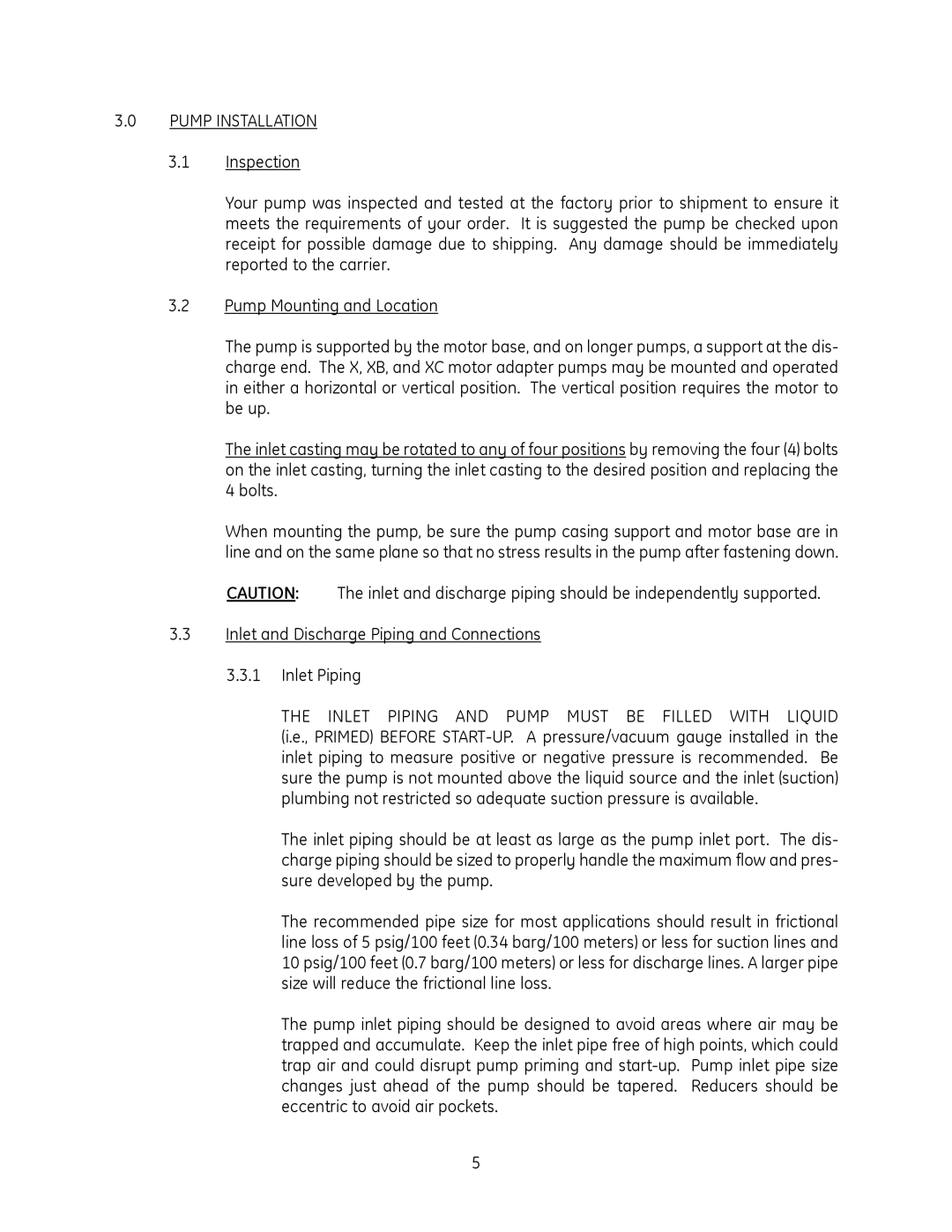SS500, SS1800, SS1000 specifications
The GE SS1000, SS1800, and SS500 are advanced gas turbine models developed by General Electric, renowned for their efficiency, reliability, and adaptability in various applications. These turbines are integral to numerous power generation systems across the globe, catering to both industrial and utility sectors.The GE SS1000 is one of the earlier models in this series, notable for its compact design and robust performance. Engineered for effective operation in both simple cycle and combined cycle power plants, the SS1000 offers a remarkable power output that can be tailored to meet the specific needs of the user. It features advanced materials and a sophisticated cooling system, which enhance its efficiency and longevity. Additionally, the SS1000's design focuses on ease of maintenance, allowing for quick inspections and component replacements, which minimizes downtime and operational costs.
Moving up the scale, the GE SS1800 provides enhanced performance capabilities, making it suitable for larger power demands. One of its significant characteristics is its high thermal efficiency, which is achieved through improved combustion technology and aerodynamic design. The SS1800 also integrates advanced digital controls that optimize its operation, resulting in superior load flexibility. This adaptability is crucial for power plants that need to respond swiftly to fluctuations in demand. Furthermore, the turbine features a modular design, allowing for easier upgrades and maintenance.
The GE SS500 represents a further evolution in gas turbine technology, characterized by its high output and fuel efficiency. This model utilizes advanced ceramic matrix composites, which enable higher operating temperatures without compromising performance. The SS500 is engineered for both gas and dual-fuel configurations, providing operational flexibility that is essential in today's energy landscape. Its advanced diagnostics and predictive maintenance capabilities help operators monitor performance and identify potential issues before they escalate, ensuring continuous and reliable power generation.
In summary, the GE SS1000, SS1800, and SS500 turbines are milestones in gas turbine technology. Each model offers unique features that cater to various power generation needs, with a strong emphasis on efficiency, adaptability, and reliability. As the energy sector continues to evolve, these turbines represent a pivotal innovation that ensures a sustainable and efficient energy future.
